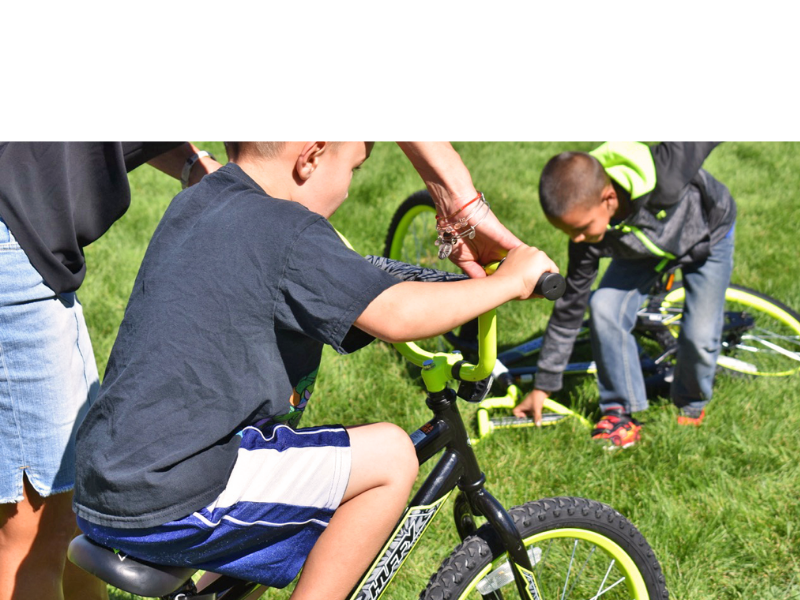

MFF has a track record of working with organizations that are interconnected in the child welfare space. As we learn about challenges within the system, two things are clear. First, the child welfare system needs transformational change. Second, foundations like MFF can play a role as a convener for bringing leaders to the table to find community-driven solutions.
As of 2021, MFF is actively working with thought leaders, policy experts, child welfare organizations and those with lived experience in the system to join us in honest conversations about child welfare.
This page will be a reflection of our work where you can find our latest partnerships, research and news.
Every year, over 7 million children are investigated for child abuse or neglect.
However, the rules, policies and procedures of how these investigations occur vary by state, county and local jurisdiction. There is no singular place that allows our communities to understand how the United States handles the number of children in foster care, the type of administration in each state and whether the state or private entities are serving the children and families in care.
As we invest in the child welfare space and work to improve the lives of children and families, we recognize the importance of providing a clear interpretation of the complex workings of child welfare in the United States. As we continue to learn and grow in this space, we will share research, resources and trusted organizations here. Our goal is to provide as much helpful information to as many people as possible.
This map shows the percent of children in foster care by total children in child welfare by state, the administration type that each state runs their agency with and if the state has privatized any part of child welfare. Hover over each state to explore.
Methods:
04/27/2022
Child welfare does not equal foster care – it's much…
03/22/2022
Changing policy is key to impacting as many children and…
09/28/2022
Learn the "why" behind MFF's disruptive Child Welfare Initiative.